
Deutsch-Chinesische Enzyklopädie, 德汉百科
 Iran
Iran

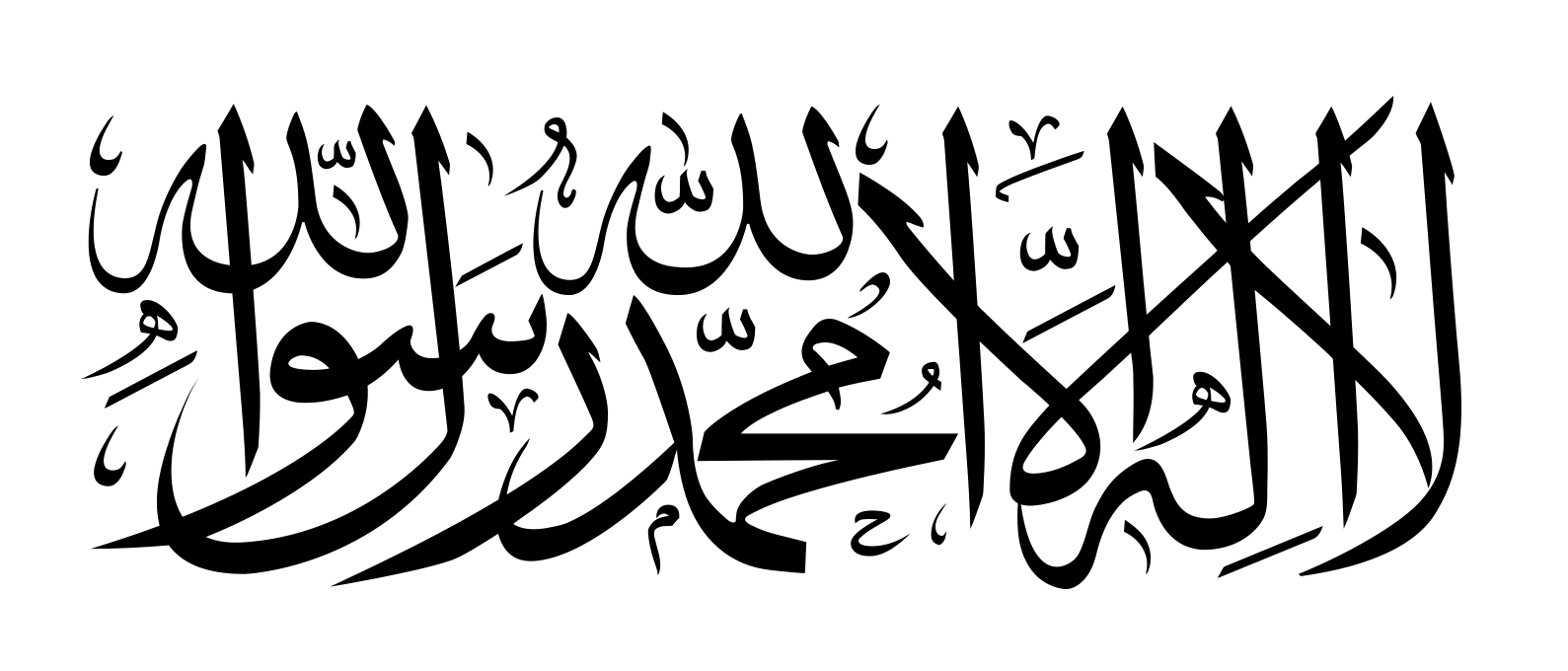 Afghanistan
Afghanistan
 Egypt
Egypt
 Algeria
Algeria

 History
History

 History
History
 K 500 - 1000 AD
K 500 - 1000 AD
 Iraq
Iraq
 Iran
Iran
 Yemen
Yemen
 Jordan
Jordan
 Katar
Katar
 Comoros
Comoros
 Libanon
Libanon
 Libya
Libya
 Malediven
Malediven
 Morocco
Morocco
 Pakistan
Pakistan

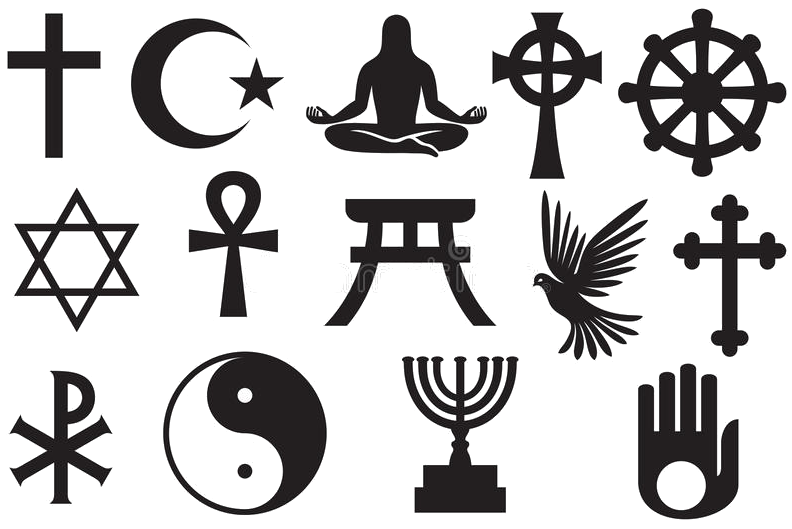 Religion
Religion
 Islam
Islam
 Republic of the Sudan
Republic of the Sudan
 Saudi Arabia
Saudi Arabia
 Somalia
Somalia
 Syria
Syria
 Tajikistan
Tajikistan
 Tunisia
Tunisia
 Turkey
Turkey
 Uzbekistan
Uzbekistan

Verteilung muslimischer Glaubensrichtungen: Grün: sunnitische Gebiete; Rot: schiitische Gebiete; Blau: Ibaditen (Oman)
Die Sunniten bilden die größte Glaubensgruppe im Islam. Ihre Glaubensrichtung selbst wird als Sunnitentum oder Sunnismus bezeichnet. Die Bezeichnung ist von dem arabischen Wort Sunna (‚Brauch, Handlungsweise, überlieferte Norm, Tradition‘) abgeleitet. Diejenigen, die der sunnat an-nabī, der „Sunna des Propheten“ (sc. Mohammed), folgen, werden im Arabischen als ahl as-sunna („Leute der Sunna“) und im Türkischen als Ehl-i Sünnet bezeichnet, was im Deutschen üblicherweise als „Sunniten“ wiedergegeben wird. Neben ahl as-sunna wird im Arabischen auch der erweiterte Ausdruck ahl as-sunna wal-dschamāʿa (arabisch أهل السنة والجماعة, DMG ahl as-sunna wal-ǧamāʿa ‚Leute der Sunna und der Gemeinschaft‘) verwendet. Die Glaubenslehren der Sunniten werden in verschiedenen Glaubensbekenntnissen dargestellt, die sich je nach dogmatischer Ausrichtung der Autoren unterscheiden.
Heute gelten die Schiiten als die wichtigste Gegengruppe zu den Sunniten, allerdings hat sich das sunnitische Selbstbewusstsein im Mittelalter nicht nur in Absetzung zu den Schiiten, sondern auch zu den Charidschiten, Qadariten und Murdschi'iten herausgebildet. Über die Frage, welche dogmatischen Lehrrichtungen dem Sunnitentum angehören, besteht unter den muslimischen Gelehrten keine Einigkeit. Eine der wenigen internationalen Initiativen zur Klärung der sunnitischen Identität war die Sunnitenkonferenz von Grosny im August 2016. Auf ihr wurden die Takfīrī-Salafisten und andere extremistische Gruppen wie der Islamische Staat aus dem sunnitischen Islam ausgeschlossen.[1]
逊尼派(阿拉伯语:أهل السنة والجماعة,ʾAhl ūs-Sunnah wa āl-Ǧamāʿah,简称أهل السنة ʾAhl ūs-Sunnah),又译素尼派,原意为遵循圣训者,为伊斯兰教中的最大派别,自称“正统派”,与什叶派对立。一般认为,全世界大约有85~91%穆斯林隶属此派别[1][2][3]。
スンナ派(アラビア語:(أهل السنة (والجماعة 、ラテン文字転写:Ahl as-Sunnah (wa’l-Jamā‘ah))、あるいはスンニ派(日本では報道などでこちらが一般的に知られる)は、イスラム教(イスラーム)の二大宗派のひとつとされる。他のひとつはシーア派である。イスラームの各宗派間では、最大の勢力、多数派を形成する。
Sunni Islam (/ˈsuːni, ˈsʊni/) is the largest denomination of Islam, followed by 87–90% of the world's Muslims, characterized by a greater emphasis upon the prophet, the sahabah (in particular the Rashidun), and customs deduced thereof.[1][2] Its name comes from the word sunnah, referring to the behaviour of the Islamic prophet Muhammad.[3] The differences between Sunni and Shia Muslims arose from a disagreement over the succession to Muhammad and subsequently acquired broader political significance, as well as theological and juridical dimensions.[4]
According to Sunni traditions, Muhammad did not clearly designate a successor and the Muslim community acted according to his sunnah in electing his father-in-law Abu Bakr as the first caliph.[4] This contrasts with the Shia view, which holds that Muhammad announced his son-in-law and cousin Ali ibn Abi Talib as his successor, most notably at Ghadir Khumm.[5][6][7][8][9] Political tensions between Sunnis and Shias continued with varying intensity throughout Islamic history and have been exacerbated in recent times by ethnic conflicts and the rise of Wahhabism.[4]
The adherents of Sunni Islam are referred to in Arabic as ahl as-sunnah wa l-jamāʻah ("the people of the sunnah and the community") or ahl as-sunnah for short.[10][11] In English, its doctrines and practices are sometimes called Sunnism,[12] while adherents are known as Sunni Muslims, Sunnis, Sunnites and Ahlus Sunnah. Sunni Islam is sometimes referred to as "orthodox Islam",[13][14][15] though some scholars view this translation as inappropriate.[16]
The Quran, together with hadith (especially those collected in Kutub al-Sittah) and binding juristic consensus, form the basis of all traditional jurisprudence within Sunni Islam. Sharia rulings are derived from these basic sources, in conjunction with analogical reasoning, consideration of public welfare and juristic discretion, using the principles of jurisprudence developed by the traditional legal schools. In matters of creed, the Sunni tradition upholds the six pillars of iman (faith) and comprises the Ash'ari and Maturidi schools of rationalistic theology as well as the textualist school known as traditionalist theology. Sunni Islam is not a coherent line of tradition, but a consolidation of doctrines and positions worked out over time in discussions and writings.[17]
Le sunnisme1 est le principal courant religieux de l'islam représentant 90 % des musulmans du monde2. Constituant l'un des trois grands courants de l'islam avec le chiisme et le kharidjisme, le sunnisme se distingue des autres courants de l'islam par son interprétation de la religion. Les sunnites sont désignés en arabe comme les gens de la « sunna » et de la majorité religieuse (ahl al-sunna wa'l-djama‘a). Par opposition aux chiites et aux kharidjites, on les appelle parfois « musulmans orthodoxes »3.
Il sunnismo (in arabo: أهل السنة والجماعة, ahl al-sunna wa l-jamāʿa[1], "il popolo della Sunna e della Comunità") è la corrente maggioritaria dell'Islam, comprendendo circa l'85% dell'intero mondo islamico[2]. Essa riconosce la validità della Sunna (consuetudine[3], identificata coi Sei libri) e si ritiene erede della giusta interpretazione del Corano[1], articolata giuridicamente in 4 scuole o madhhab. Queste si dividono in Hanafismo, Malikismo, Sciafeismo, Hanbalismo. Mentre il cristianesimo è la maggiore religione del mondo (con 2,1 miliardi di aderenti) e l'Islam la seconda (con 1,8 miliardi), come confessioni il sunnismo (1,6 miliardi) supera il cattolicesimo (1,2 miliardi). Nell'islam, oltre al sunnismo, le principali confessioni sono rappresentate dallo Sciismo e dal Kharigismo. Sono presenti inoltre numerose forme minori (vedi denominazioni islamiche).
Nel sunnismo, così come nelle altre confessioni islamiche, ci sono divisioni interne tra i credenti sufi e coloro che rifiutano l'approccio sufico.
Los suníes1(en idioma árabe, سنّة) ʾAhlu-s-Sunnati wa-l-Jamāʿah (en árabe, أهل السنة والجماعة) son el grupo musulmán mayoritario en la comunidad islámica mundial. Su nombre procede del hecho de que, además del Corán, son devotos de la Sunna, colección de dichos y hechos atribuidos al profeta Mahoma. Aunque el Islam sunita se compone de una variedad de escuelas teológicas y legales que se desarrollaron a través de entornos históricos, localidades y culturas, los sunitas de todo el mundo comparten algunas creencias comunes: la aceptación de la legitimidad de los primeros cuatro sucesores del profeta Mahoma (Abu Bakr, Omar , Uthman y Ali), y la creencia de que otras sectas islámicas han introducido innovaciones (bidah), partiendo de la creencia mayoritaria.
Sunni Islam se desarrolló a partir de las luchas en el Islam temprano sobre el liderazgo. Las posiciones políticas y religiosas surgieron de las disputas sobre la definición de la creencia "verdadera", la libertad y el determinismo. Los sunitas tienden a rechazar el racionalismo excesivo o el intelectualismo en cuestiones de credo, centrándose en el espíritu y la intención de las fuentes primarias y utilizando argumentos racionales, cuando sea necesario, para defender la ortodoxia y refutar la herejía.23
Сунни́ты, ахль ас-су́нна ва-ль-джама‘а (от араб. أهل السنة والجماعة — «люди сунны и согласия общины») — последователи основного и наиболее многочисленного направления в исламе.

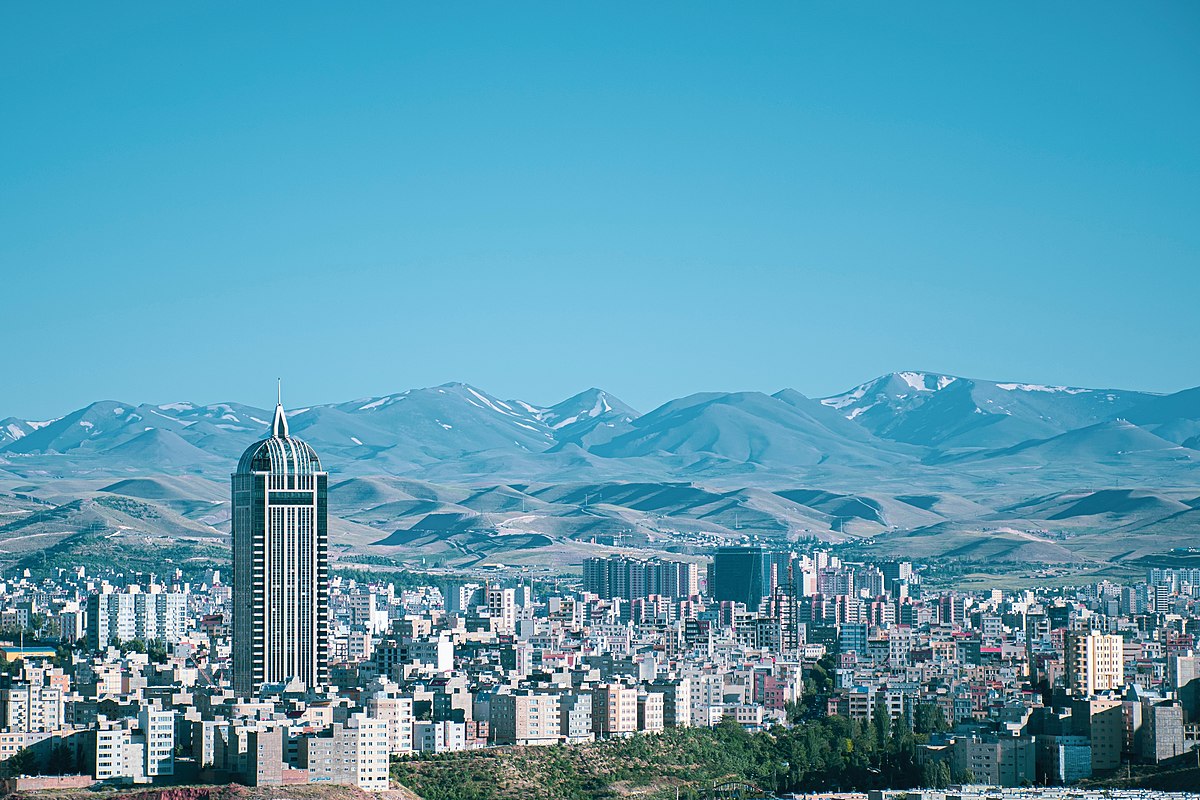
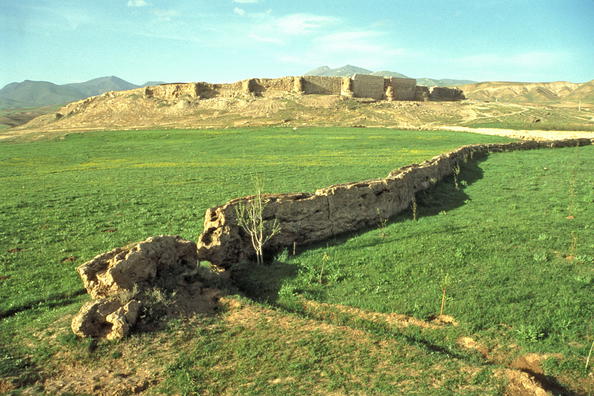
 Argentina
Argentina
 China
China

 Eat and Drink
Eat and Drink
 *Types of tea, Tea growing areas, Tea ceremony, Tea culture
*Types of tea, Tea growing areas, Tea ceremony, Tea culture
 India
India
 Indonesia
Indonesia
 Iran
Iran
 Japan
Japan
 Kenya
Kenya
 Sri Lanka
Sri Lanka
 Turkey
Turkey
 Vietnam
Vietnam

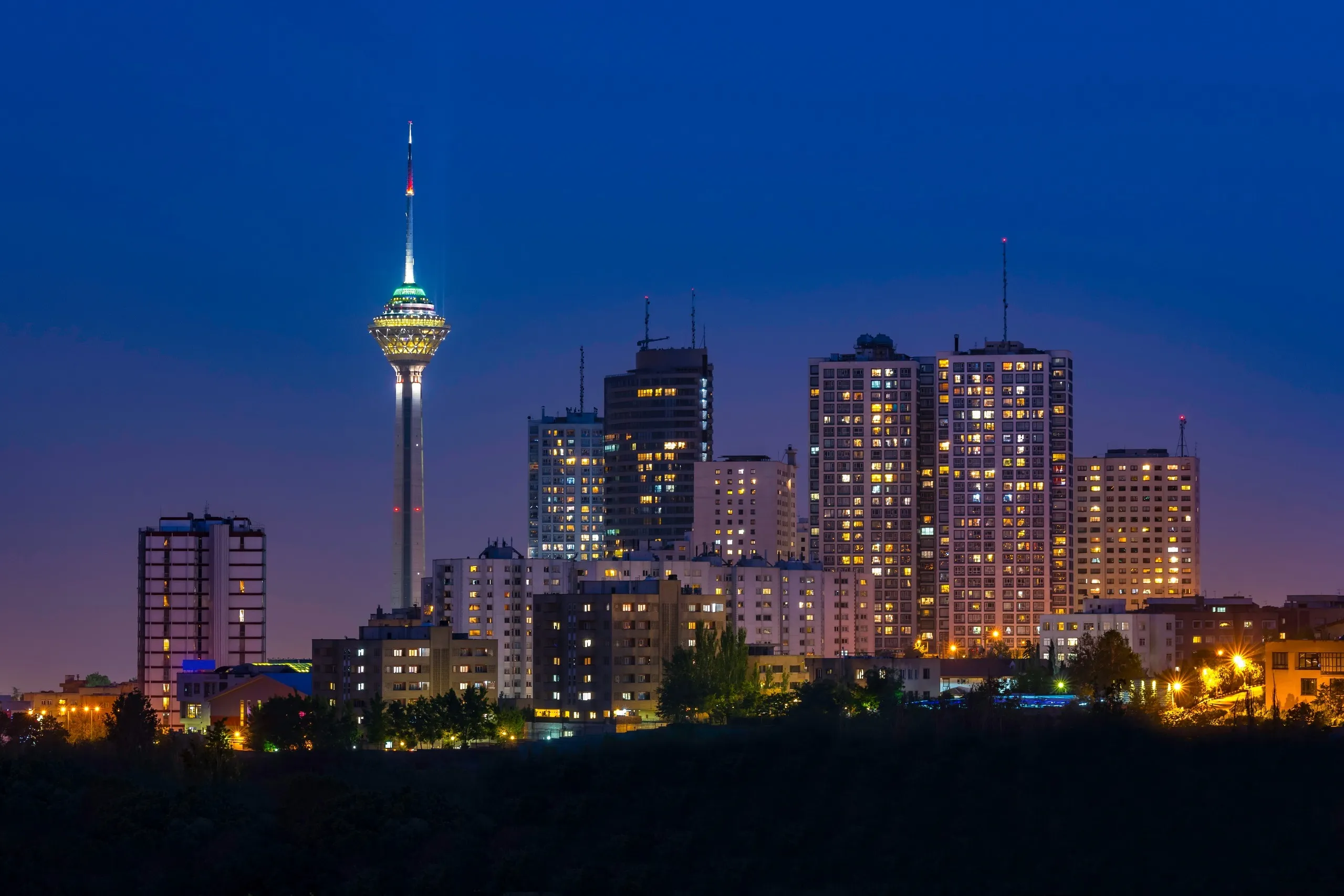
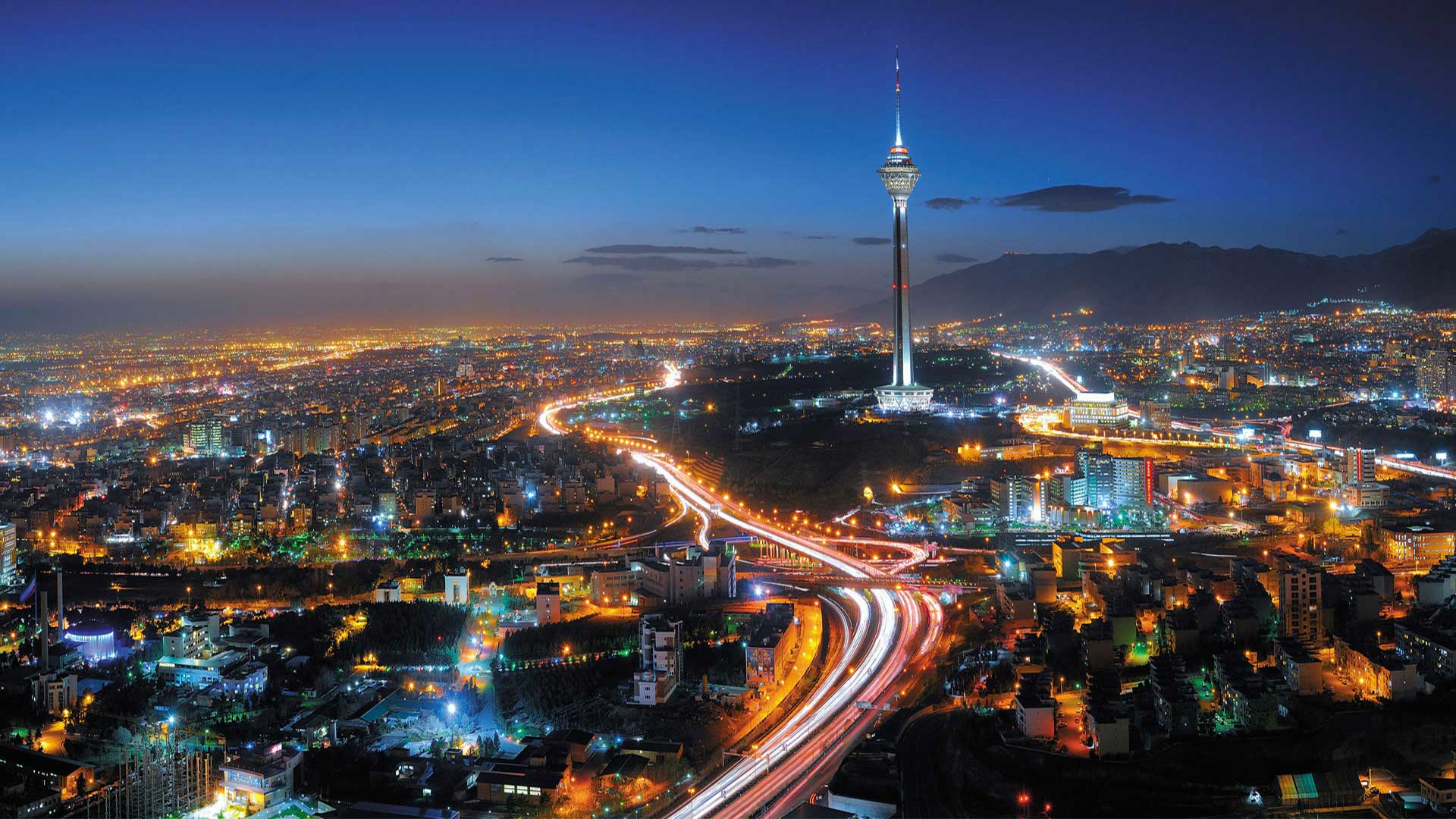
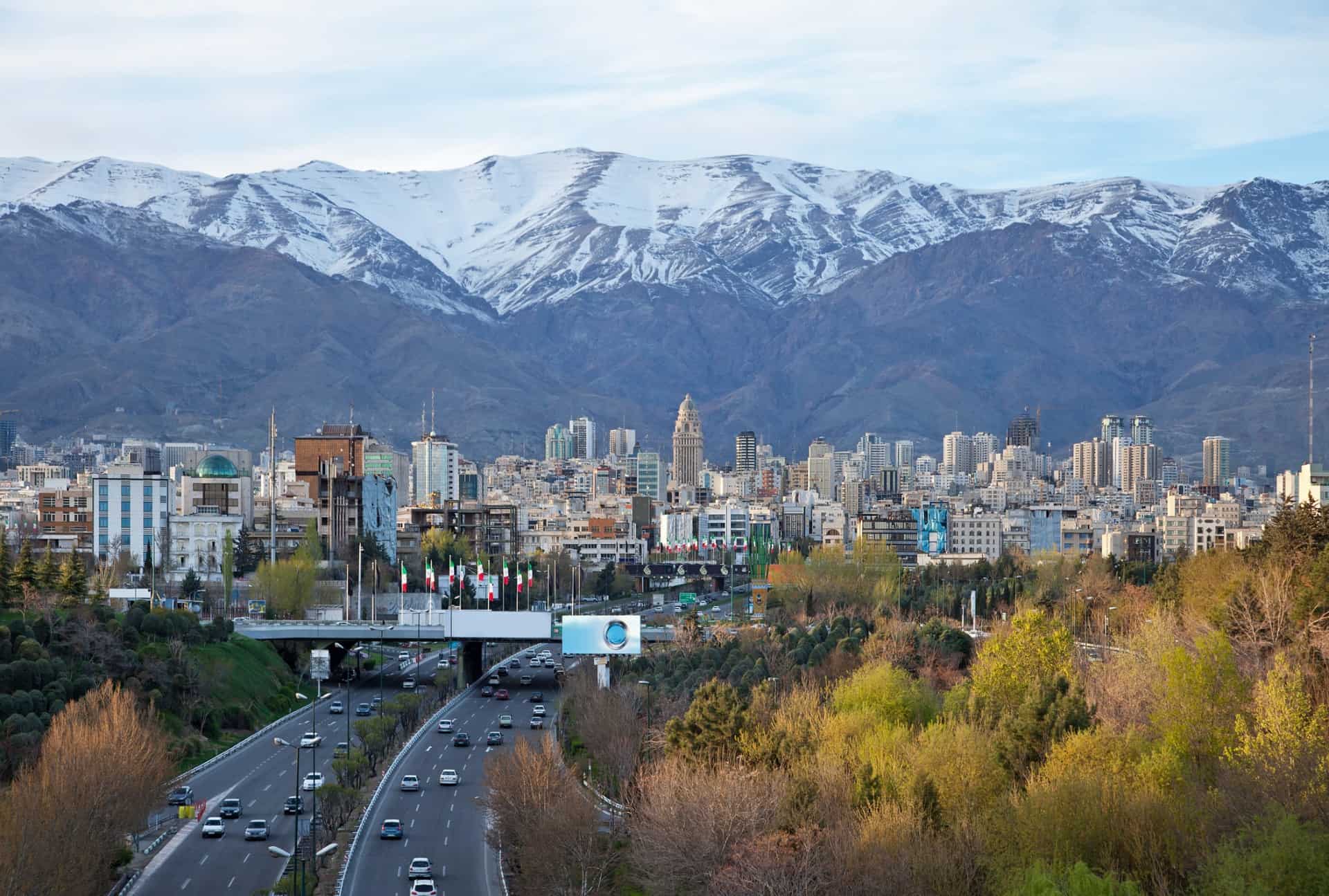

Teheran (persisch تهران, DMG Tehrān, traditionell auch طهران, DMG Ṭehrān /teɦˈrɔːn/) ist die Hauptstadt Irans und der gleichnamigen Provinz. Im administrativen Stadtgebiet leben knapp 8,7 Millionen Menschen (laut Volkszählung von 2016). Die Bevölkerungszahl der Metropolregion wird auf rund 20 Millionen Einwohner geschätzt; die offizielle Statistik von 2011 belegt jedoch nur 15,2 Millionen Menschen.[2] Als Industrie- und Handelsstadt mit Universitäten, Hochschulen, Bibliotheken und Museen ist Teheran ein bedeutendes Wirtschafts-, Wissenschafts- und Kulturzentrum sowie ein wichtiger Verkehrsknotenpunkt des Landes.
德黑兰(波斯语:تهران / Ťehrân,读音ⓘ发音:[tehˈɾɒːn])是伊朗的首都和最大城市,同时是德黑兰省省会,总人口达8,429,807人[2],是西亚地区人口最稠密的城市之一,也是世界第19大城市[3]。
在20世纪,伊朗各地有大批民众涌入德黑兰定居[4],有意见认为德黑兰的市区人口应要减少至少5,000,000人[5]。德黑兰有许多历史上著名的清真寺、基督教堂、犹太会堂及琐罗亚斯德教的火庙。当代的德黑兰是现代化的城市,高楼大厦林立,当中的阿扎迪塔及默德塔是德黑兰的标志性建筑。德黑兰在2008年是全球生活成本最低的城市[6][7][8][9][10]。以城市人口计算,德黑兰是全球第19大的都市,国内生产总值排行第56位,城市群人口排行第29位[11]。伊朗的历史悠久,首都也随着时代的推进而变迁,德黑兰是第32个伊朗首都。德黑兰的母语是带有德黑兰口音的波斯语,98%的德黑兰人都使用母语[注 1],德黑兰的大部分居民都是波斯人[注 2]。在前伊斯兰及伊斯兰时代早期,德黑兰在祆教里称为“拉伊”(Ray),亦即波斯古经里的剌伽[注 3]。
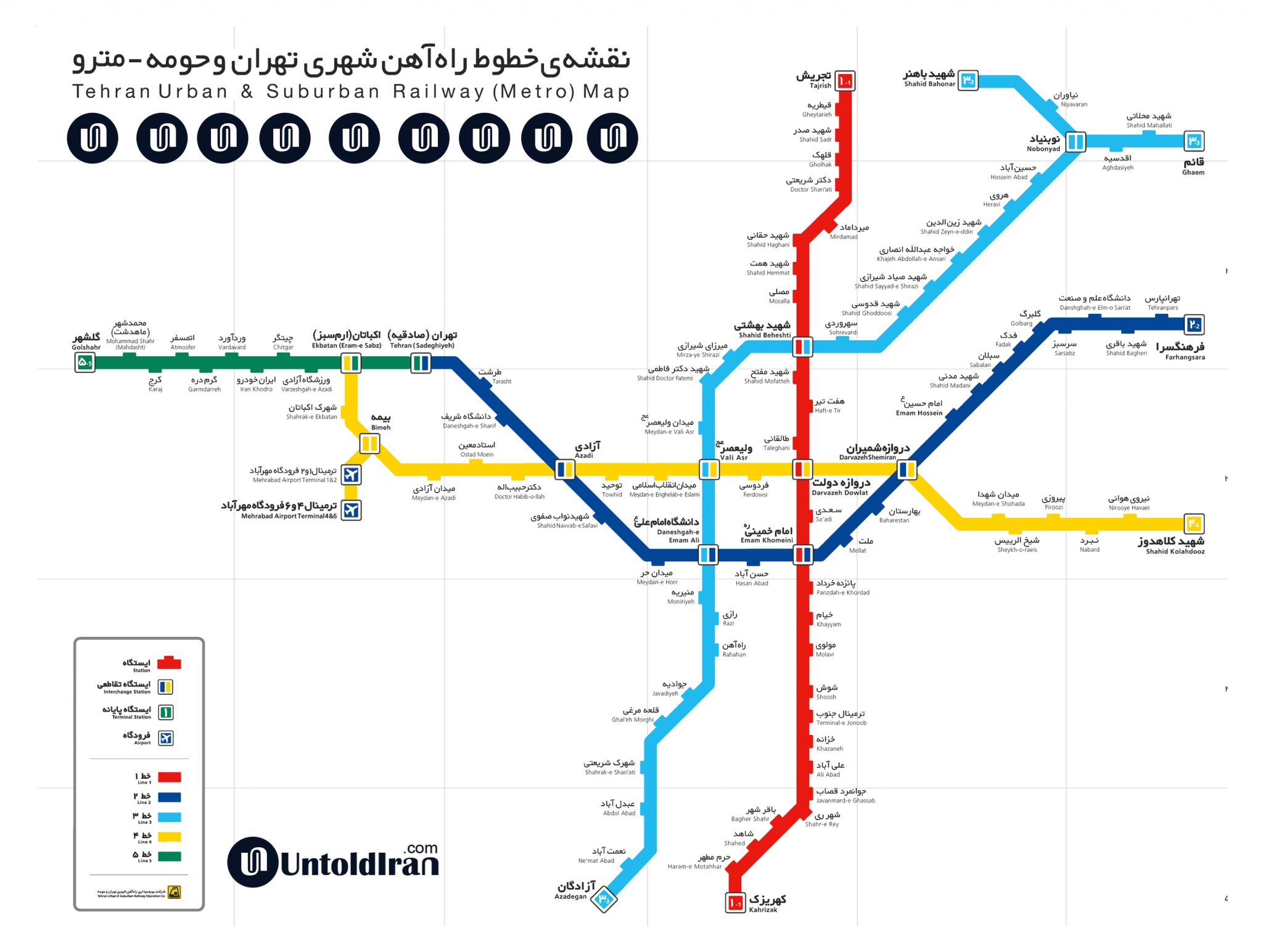

底格里斯河(阿拉伯语:دجلة,罗马化:Dijlah;土耳其语:Dicle Nehri)是中东名河,与位于其西面的幼发拉底河共同界定美索不达米亚,源自土耳其安纳托利亚的山区,流经伊拉克,最后与幼发拉底河合流成为阿拉伯河注入波斯湾。
底格里斯河流域面积37.5万平方公里,年均流量42亿立方米,为西南亚水量最大的河流,底格里斯河的中下游都位于伊拉克境内,令原本位处干旱气候地区的伊拉克拥有水源丰富的河流,主要城市都在该河流的流域范围,是伊拉克人口的主要集中地。
伊拉克首都巴格达正位于底格里斯河西岸。
 AFC Champions League 2015
AFC Champions League 2015
 AFC Champions League 2016
AFC Champions League 2016
 AFC Champions League 2018
AFC Champions League 2018
 Westasien
Westasien
 AFC Champions League 2018
AFC Champions League 2018
 Group A
Group A
 Iran
Iran

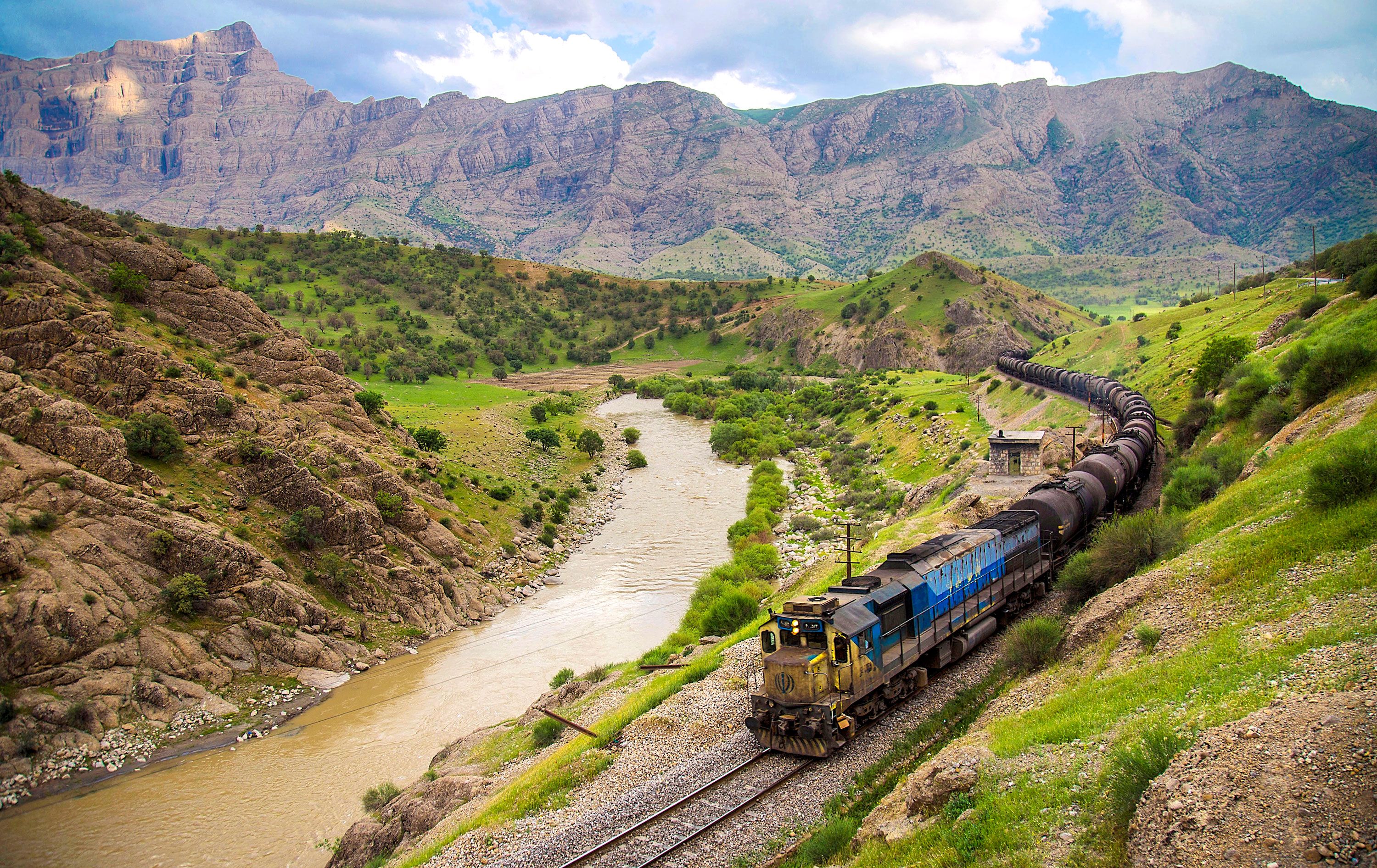
Die Transiranische Eisenbahn wurde zwischen 1927 und 1938 gebaut. Sie verbindet die Hauptstadt Teheran mit dem Persischen Golf im Süden des Landes und dem Kaspischen Meer im Norden. Die Strecke ist die Keimzelle der Iranischen Eisenbahn. Seit 2021 ist sie als Weltkulturerbe anerkannt.
伊朗纵贯铁路(波斯语:راهآهن سراسری ایران)是巴列维王朝于1927年开始的一项大型铁路建设项目,在当时伊朗君主礼萨汗的主持下于1938年完工。它完全由本土资本建造。该铁路起自波斯湾的沙赫普尔港(今名霍梅尼港),途径阿瓦士、库姆、德黑兰,直到里海畔的托尔卡曼港。[1]
1961年,在礼萨汗的儿子穆罕默德-礼萨·巴列维的领导下,铁路延伸到戈尔甘。[2]在1963年的土地改革期间,作为白色革命的一部分,铁路再次延伸,它将德黑兰与马什哈德、大不里士和伊斯法罕连接起来。[3]
 AFC Champions League 2015
AFC Champions League 2015
 AFC Champions League 2016
AFC Champions League 2016
 AFC Champions League 2017
AFC Champions League 2017
 AFC Champions League 2018
AFC Champions League 2018
 AFC Champions League 2019
AFC Champions League 2019
 AFC Champions League 2020
AFC Champions League 2020
 AFC Champions League 2021
AFC Champions League 2021
 AFC Champions League 2022
AFC Champions League 2022
 AFC Champions League 2023
AFC Champions League 2023
 AFC Champions League 2024
AFC Champions League 2024
 AFC Champions League 2025
AFC Champions League 2025
 Australia
Australia
 China
China
 Iran
Iran
 Israel
Israel
 Japan
Japan
 Katar
Katar
 Republic of Korea
Republic of Korea
 Saudi Arabia
Saudi Arabia
 Thailand
Thailand
 United Arab Emirates
United Arab Emirates

 Geography
Geography

 Architecture
Architecture
 International cities
International cities
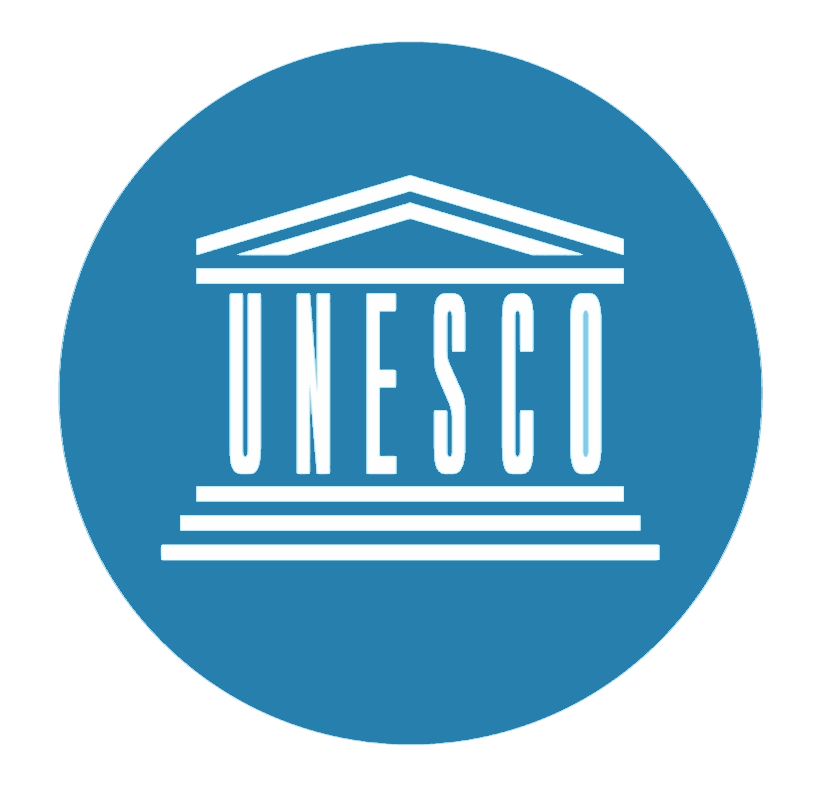 World Heritage
World Heritage
 Transport and traffic
Transport and traffic
 Sport
Sport